Financial Insights: Deciphering the Fed, Market Reactions, and Global Implications

Tony Nash joined Peter Lewis’ Money Talk and expresses concerns about the Federal Reserve’s decision to maintain an easy money policy despite rising inflation and wages. He criticizes Powell’s dovish stance and predicts a shift towards a more hawkish tone from other Fed speakers. The discussion also touches on the impact of Fed policies on markets, inflation, labor supply, and the economy in general.
BBC: Hong Kong’s Lawmakers Pass Tough Security Bill
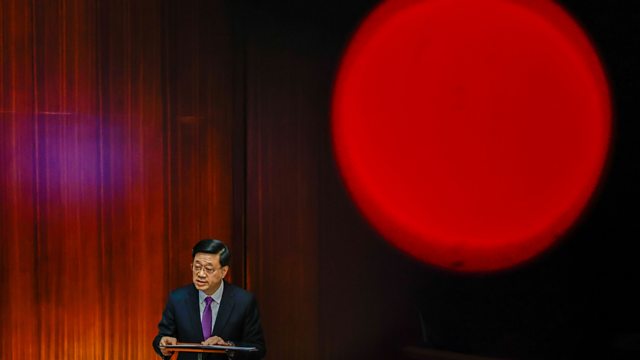
Tony Nash joins the BBC Business Matters podcast and discusses the impact of the new law broadening the definition of state secrets in Hong Kong. He highlights the potential for businesses and individuals to relocate due to concerns about liability and uncertainties surrounding the enforcement of the law.
Oil, Gold, Bitcoin, And Markets Are Up; Go Figure?
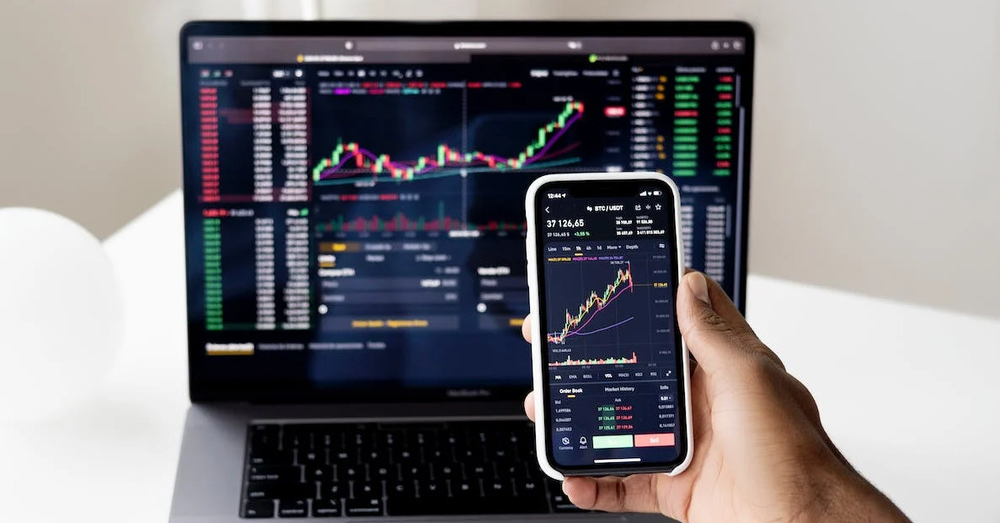
Confused by a Booming Market? Get expert insights from Tony Nash as he joins BFM 89.9 on how to invest in these unusual times where all assets seem to be rising in tandem.
Polls begin to close on Super Tuesday
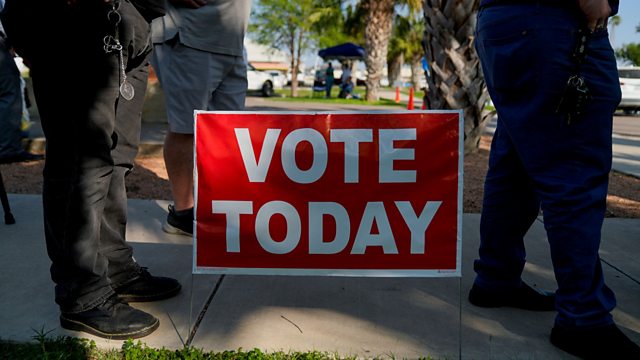
This BBC podcast discusses the implications of Super Tuesday on the US presidential election, highlighting insights on voter sentiments, candidate dynamics, economic factors, and key issues like immigration and inflation. Tony Nash provides perspectives on the election landscape, potential voter turnout impacts, and the significance of certain issues in shaping the outcome in November.
AI: More Hype Than Substance?

Explore the latest market insights with Tony Nash as he shares expert perspectives on hot topics from US CPI trends to tech stocks and global economic dynamics in this BFM 89.9 podcast episode. Gain valuable insights for your investment strategy.
Giddy euphoria in US markets; US LNG exports; Germany‘s EV dreams & industrial nightmares
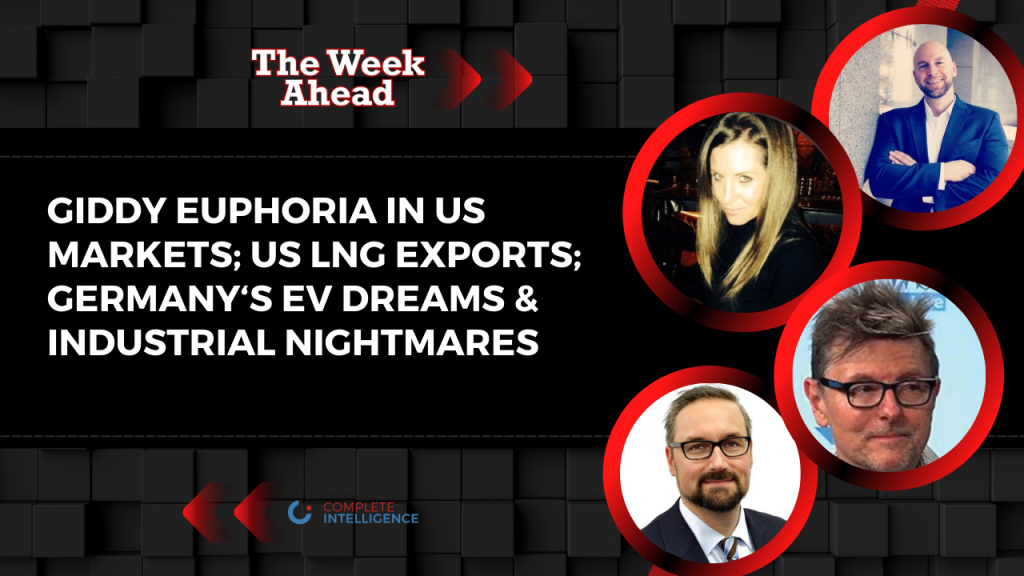
US LNG exports
Spiraling deflation?; Coal; Middle East, Venezuela
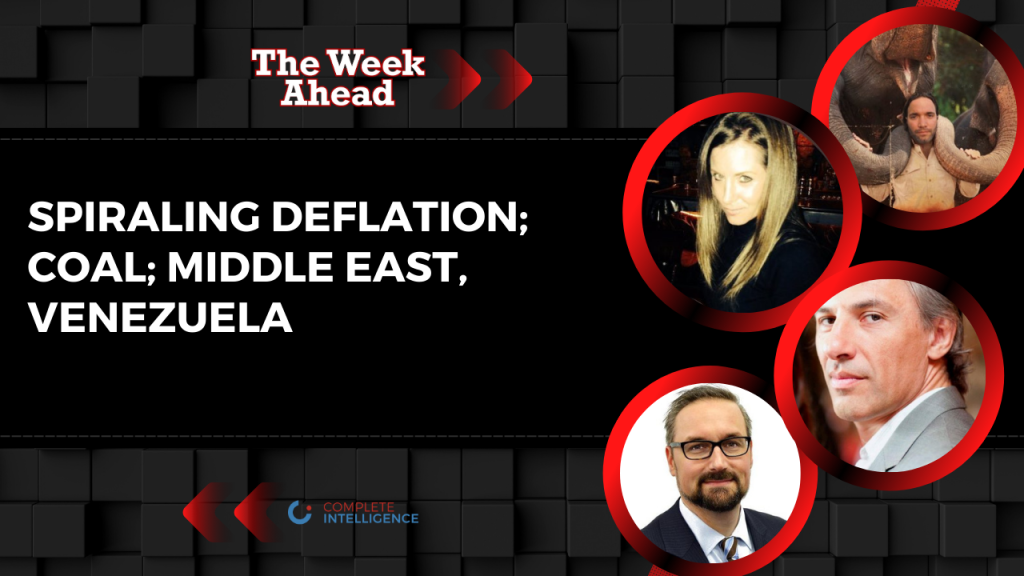
Deflation and coal
What happened in China?; Why did silver rally?; Fed & QRA

What happened in China?; Why did silver rally?; Fed & QRA
BBC: Donald Trump Favourite To Win New Hampshire Poll

Tony Nash joins the BBC Business Matters podcast and discusses various topics such as the primary elections in New Hampshire, the economic and political divide in the US, ageism in the workplace, trade tariffs and global supply chains, Netflix’s streaming platform, and the political campaign. He provides insights on these topics, sharing his perspectives and experiences
The Fed, equities, and geopolitics Iran acting out and Red Sea
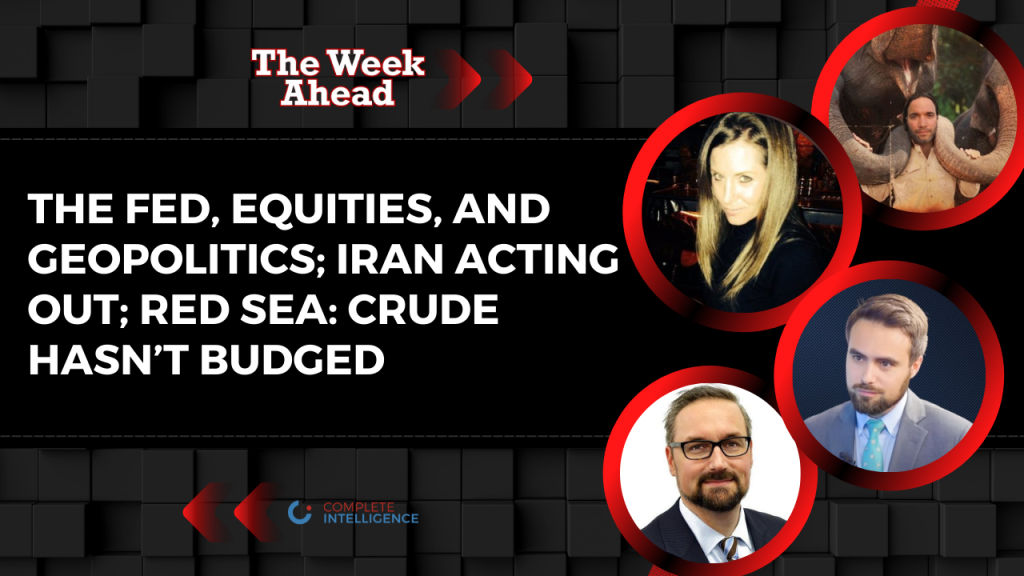
This Week Ahead episode is joined by Tavi Costa, Albert Marko and Tracy Shuchart. They discuss The Fed, equities, and geopolitics, Iran acting out and Red Sea: Crude hasn’t budged.
